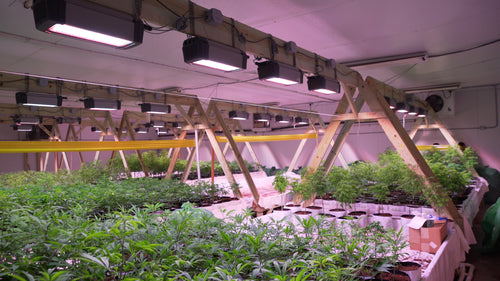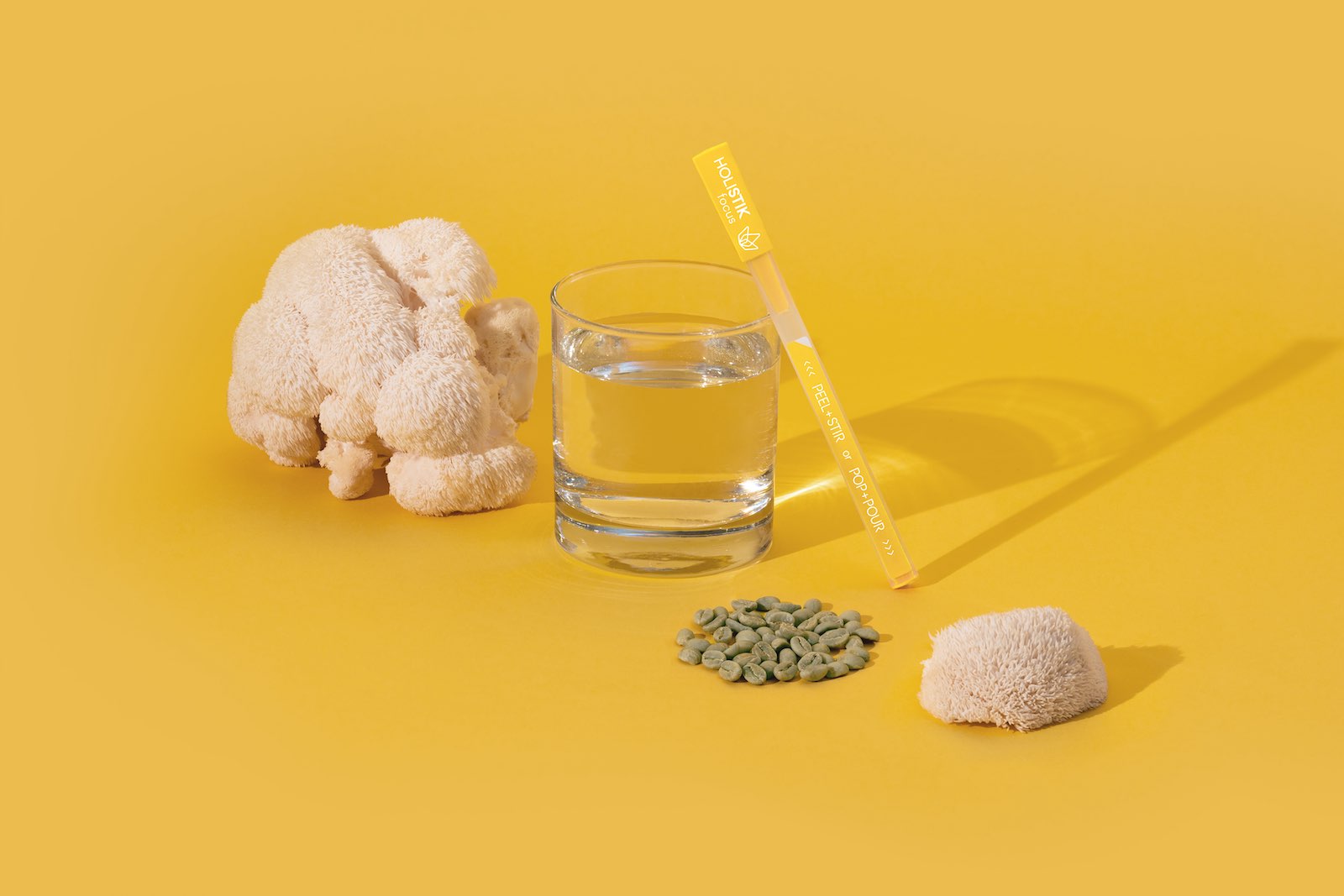Pairing Quality with Sustainability:
A Behind the Scenes Look at Wheatfield Gardens
As CBD has risen to prominence as a consumer wellness product in the U.S. and internationally, it has led to a massive boom in hemp cultivation worldwide. The once illegal plant has now been officially legalized by the 2018 Farm Bill and is now being grown in a variety of fashions across the country.
However, not all hemp is grown in the same way and each have their benefits and drawbacks. For example, outdoor hemp is environmentally friendly due to the use of natural energy from the sun but is more difficult to control for specific attributes and prone to pest infestation. On the other hand controlled indoor agriculture is great for creating a consistent product to the exact specifications your looking for, which is crucial for creating wellness products like CBD, but consumes significantly more energy due to lighting costs and other factors.
With hemp cultivation becoming more sophisticated, alternative options such as eco-friendly hybrid greenhouses are becoming more realistic options. These greenhouses provide energy efficiency by harnessing the power of the sun mixed with LED lighting, while simultaneously providing the benefits of controlled indoor cultivation.
At HOLISTIK, we source all of our hemp from a single cultivator, Wheatfield Farms, which cultivates in this exact fashion, operating state-of-the art greenhouses in North Tonawanda, NY, just outside of Buffalo.
In this article, we are going to take you behind the scenes of that greenhouse, via a Q&A with the CEO at Wheatfield Farms. We hope that this Q&A, will improve your understanding for HOLISTIK’s commitment to sustainability, product quality and consistency.
Why did you choose to go the route of building a large-scale greenhouse for your agriculture?
The simple answer - markets of scale.
We do a lot of crop research here, so it is a huge benefit to be able to trial genetics and growing strategies on a small scale. Then, when we have all the SOPs (Standard Operating Procedures) dialed in, we can scale that process immediately in one of our 20,000 sq. ft. grow rooms in the 200,000 sq. ft. production greenhouse to realize the benefits that come with scaling production.
How does growing in a controlled indoor environment help the growth of the hemp plant?
Hemp is making a huge reemergence as a commercial crop in the United States.
As a result, the genetics and disease resistance that is either bred for or strategically selected in almost every other crop has not occurred yet [or at least recently] for hemp. This requires growers to take extra care to prevent disease and pests from ever entering the grow space. We have a semi-sealed greenhouse that enables us to control temperature and humidity precisely so that we can prevent things like powdery mildew, which makes the crop unsellable in a regulated market due to testing standards and requirements.
Most of the hemp cultivars have been bred in places like Oregon and California, and we all know the climate in those areas is very different there than what we have here in Buffalo. With a controlled environment, we can simulate the climate in southern Oregon all year round to achieve those desired results and make sure the plants are happy and comfortable.

Room full of HOLISTIK Hemp plants growing under the LED lights before being moved to the production greenhouse.
How does greenhouse growing of hemp compare in efficiency to traditional indoor or sun-grown cultivation?
Semi-sealed greenhouses like ours are able to take advantage of one of the only free items in the hemp/cannabis industry: sunshine.
In my opinion, hemp and cannabis grown under even the best LED grow lights in the world pale in comparison to sun-grown hemp/cannabis in terms of quality and yield. The energy savings and broader environmental impact are obvious when you only need to supplement the sun with LED lights, as opposed to relying exclusively on those LEDs.
We have experience using this exact formula in large scale cultivation of tomatoes and cucumbers, so it seems very silly to grow anything at the scale needed even to meet the demand here in NY, moreover nationally, in shipping containers or closets.
What does your efficiency levels look like in terms of water recycling?
Water is everything in commercial hydroponic farming. We’re constantly searching for novel ways to recycle water all the time.We capture it from any irrigation runoff from the plants: filter it, UV sterilize it and re-use it.
We also capture the condensation that the plants produce. Typically, 90-95% of the water that the plants take up in their roots gets released by the plant in form of transpired water vapor. To capture that, we have developed patented air-handling equipment that can condense this water and re-use it for irrigation, making our water usage and recycling incredibly efficient at 90-95% less water use than outdoor grows.


A newly born HOLSTIK Hemp Plant seeing its first light.
Baby HOLISTIK Hemp Plants in individual crushed coconut husk planters.
How do your cultivation methods lead to a low carbon footprint?
Controlled environment agriculture in energy intensive. But for us, this presents an opportunity to stay ahead of price compression when and become the most resource-efficient cultivator.
We generate our own electricity on-site using a CoGeneration-based micro grid. When we burn natural gas to make electricity, we capture the exhaust. After that is cleaned, we are left with food grade CO2gas that when distributed properly helps the plants grow faster and bigger.
This example of resource efficiency enables us to get as much value as we can when we purchase natural gas to heat and produce electricity.
What advice would you have to other hemp growers who are looking to achieve consistent qualities and yield while maintaining a low carbon footprint?
Make resource efficiency a priority when designing any cultivation facility.
Growing great cannabis is resource intensive and the wholesale price will come down eventually as more large-scale cultivators enter the market. If it costs more to produce than the market is willing to pay, then that business will obviously fail.
On-site micro grid energy production comes with a large up-front cost but eventually those cultivators that use their resources/inputs most efficiently will be the ones who thrive.




